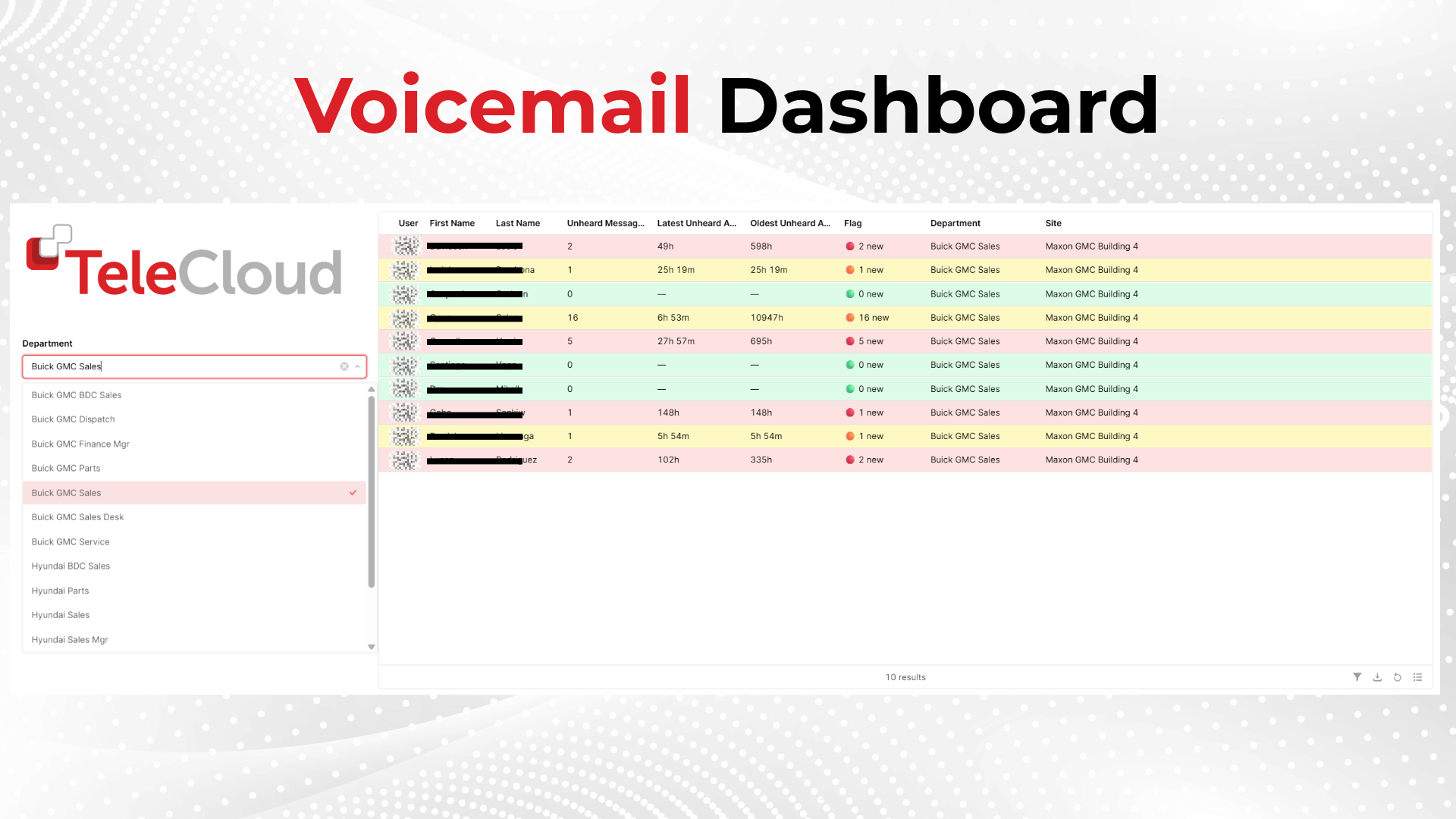Call Center vs Contact Center: Which Is Right for Your Business?
June 17th, 2025
4 min read

Managing customer interactions effectively is a top priority for businesses of all sizes. Whether it’s handling a surge in phone calls or engaging customers across multiple channels, the right technology can significantly impact both customer satisfaction and business efficiency. For many organizations, the choice comes down to two options: call centers and contact centers.
While both aim to enhance communication, they serve different purposes and cater to distinct needs. At TeleCloud, we’ve helped countless businesses evaluate these solutions, and we’re here to help you do the same.
This guide will clarify the differences, explore key benefits, and help you decide which is the best fit for your business.
Unsure whether your business needs a Call Center or Contact Center? Talk to a UCaaS expert to explore the differences and find the perfect solution for your business.
What Is a Call Center?
A call center focuses primarily on managing voice communications. It’s designed to handle inbound and outbound phone calls, providing real-time and historical data on call activity.
Key Features of Call Centers
- Call Volume Monitoring: Tracks the number of calls coming in and going out.
- Performance Metrics: Provides insights into agent activity, average call duration, and response times.
- Basic Call Routing: Directs calls to the appropriate team or agent.
Who Benefits from Call Centers?
- Healthcare: Managing patient scheduling or appointment confirmations.
- Service Trades: HVAC, plumbing, or electrical companies handling seasonal call spikes.
- Collections and Customer Service: Small teams managing customer inquiries or payment reminders.
Example Use Case:
Imagine a healthcare clinic receiving high call volumes during flu season. A call center allows them to monitor call activity, direct calls to available agents, and reduce wait times for patients.
What Is a Contact Center?
A contact center enhances communication by combining voice, SMS, email, web chat, and social media. This omnichannel approach allows customers to connect with your business in their preferred way, ensuring a smoother experience.
Key Features of Contact Centers
- Omni-Channel Communication: Handles voice, email, web chat, and SMS interactions.
- Advanced Reporting: Provides detailed insights into customer behavior, agent performance, and channel effectiveness.
- Workflow Automation: Includes tools like Interactive Voice Response (IVR) and workforce management integration.
- Integration Capabilities: Works with CRM systems, ticketing platforms like ZenDesk, and data warehouses.
Who Benefits from Contact Centers?
- E-Commerce Businesses: Managing customer inquiries via chat, email, and phone.
- Banks and Pharmacies: Using IVR to authenticate users and provide automated account information.
- High-Growth Companies: Handling large volumes of customer interactions across multiple channels.
Example Use Case:
Consider a retail company during Black Friday. Customers reach out via email, chat, and phone. A contact center routes inquiries efficiently. It provides real-time analytics and integrates with the CRM for personalized responses.
Call Center and Contact Center Key Differences
|
Feature |
Call Center |
Contact Center |
|
Communication Channels |
Voice-only |
Voice, SMS, email, web chat, and more |
|
Complexity |
Simple workflows and routing |
Advanced workflows and integrations |
|
Cost |
Lower cost and easier to manage |
Higher cost with advanced features |
|
Customer Experience |
Real-time voice support |
Unified, multi-channel experience |
Cost Comparisons and ROI: Call vs Contact Center
Call Centers:
- Costs: Typically range from $50–$150 per user per month.
- ROI: Focused on improving call handling efficiency, reducing hold times, and boosting agent productivity.
Contact Centers:
- Costs: Range from $150–$300 per user per month, depending on features and integrations.
- ROI: Comes from increased customer satisfaction, improved loyalty, and the ability to manage high interaction volumes across multiple channels.
When to Choose a Call Center or Contact Center
Choosing the right solution often comes down to recognizing the signals within your business. Are customers frustrated with long hold times? Do you lack visibility into call performance? Or are you struggling to manage inquiries across multiple platforms? Understanding these challenges can help determine whether a call center or contact center is the right fit for your needs.
When to Choose a Call Center:
- You primarily handle voice communication.
- You need basic tools for call routing and performance monitoring.
- You’re looking for a cost-effective, simple solution.
When to Choose a Contact Center:
- You engage with customers across multiple channels (e.g., email, SMS, and chat).
- Your business requires detailed analytics and reporting.
- You’re focused on seamless workflows and CRM integrations.
In the end, it comes down to two things. What experience do you want to provide your customers? And, do you have the resources to manage the technology?
Industry Trends Shaping the Future of Call and Contact Centers
AI and Automation
Emerging technologies like AI-powered chatbots and automated workflows are revolutionizing customer interactions. AI-powered chatbots can handle routine inquiries, freeing up agents for more complex tasks. Automated workflows streamline processes like appointment scheduling and order tracking.
Cradle-to-Grave Reporting
This feature allows businesses to trace every step of the customer journey. For instance, if a customer complains about a call experience, you can review the call log to identify exactly what happened.
Cloud-Based Solutions
Modern call and contact centers are now mostly cloud-based. This cuts costs and lets businesses test features without big investments.
Finding the Perfect Communication Solution for Your Business
Not every business neatly fits into the call center or contact center category, and that’s where TeleCloud stands out. Our solutions are not rigid models—they’re flexible, scalable, and tailored to your unique needs.
For instance, our cloud phone system allows you to integrate features like SMS for appointment reminders, advanced call analytics for performance insights, or a blend of voice and omnichannel tools. We collaborate with you to create a solution that aligns with your business goals, whether it’s simplifying workflows for small teams or scaling up for high-volume operations.
Our approach ensures you’re not paying for features you don’t need. Instead, you get exactly what your business requires to solve communication challenges and grow efficiently. By prioritizing what works for your team, we help you implement a system that supports your business now and in the future.
Ready to Transform Your Customer Communication?
Your business’s communication strategy is the backbone of exceptional customer service. Whether you’re drawn to the simplicity of a call center, the multi-channel power of a contact center, or a custom solution tailored specifically to your needs, TeleCloud is here to guide you every step of the way.
We don’t just provide technology—we provide solutions that solve your specific challenges, enhance your operations, and create meaningful customer experiences. With our personalized approach, you’ll gain clarity, control, and confidence in your communication tools.
Let’s work together to build a system that empowers your business and your customers. Contact us today for a free consultation and take the first step toward communication that transforms your customer experience and drives your success.
damon@telecloud.net






















